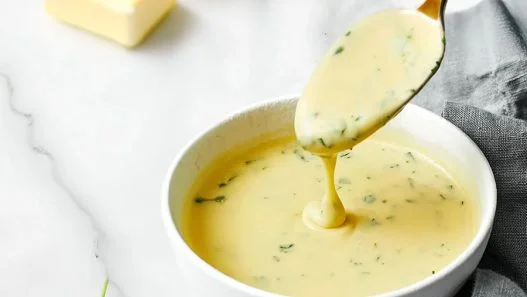Mixed with cream, burrata cheese bound in pouches was originally a “poor” food using mozzarella scraps. Learn the process of making the buttery bite.
Puglia (Southern Italy) is a stunning land, with clear blue sea and a fine sand that is reminiscent of the Caribbean. A generous region, rich in culinary treasures. Among them, the “Burrata” (pronounced boor-rah-tah) is one of the best-known assets and appreciated by all lovers of fine Italian cuisine.
The name is already very evocative and in sound, reminds the speaker of the creaminess of butter (“Burro” is the Italian translation for “Butter”). A true masterpiece that should be enjoyed to its maximum freshness, accompanied by fresh salad, a drizzle of extra virgin olive oil, seasonal vegetables and rustic bread freshly baked.
The “Burrata” was born in the Apulian city of Andria in the early 1900. It soon spread throughout Apulia, then in the Basilicata bordering region with gastronomic traditions similar to those of Puglia. Unfortunately, unlike the mozzarella, it has very limited availability (it must be consumed within a maximum of 2 days) and, therefore, abroad is known only by true connoisseurs, able to enjoy it at least once.
Consisting of an outer casing of spun paste and an inner part made from so-called “stracciatella”, it is nothing more than strips of mozzarella mixed with fresh cream. The Apulian describe “Burrata” as a “cloud”, whose outer bag (thickness of about 1 cm) of snow-white color, very smooth, has the form of a pouch. Inside, there is the” stracciatella”, juicy and flavorful. The taste must happen by joining together the outer bag and “stracciatella”, texture and flavor of the outer bag and the softness and juiciness of “stracciatella” for a moment of true enjoyment. Each stage of the process is totally manual, starting from cow milk filtrate, pasteurized and made acidic by natural whey obtained by leaving it to sour at room temperature, part of the production of the day before. Heating the milk at 35-36 ° C, the coagulation occurs in 20-30 minutes. The next step is to break the curd, until granules of size close to the chickpea or hazelnut. Once settled, the curd is extracted and placed to ripen at room temperature for 2-4 hours on flat steel. Subsequently, the paste is spun in slightly salted water at a temperature of 85-90 ° C, modeled as a sphere, in which its inside is filled with the cream blend. The “Burrata” is passed in cold water for about 20-30 minutes, depending on size, and until it is firmer.
Born as “poor” food, with ingredients that come from the waste products of the mozzarella, molded to form the outer shell to hold the butter, also obtained by centrifugation from whey, today, the “Burrata” is a revered and valuable product.
Where enjoy a great “Burrata” in USA: Di Stefano
























